Accelerate Success with AI-Powered Test Automation – Smarter, Faster, Flawless
Start free trialSoftware development and testing are an ecosystem that works on the collective efforts of developers and testers. Every new addition or modification to the application has to be carefully tested before it is released to the customers or end-users. In order to have a robust, secure, and fully functional end application, it has to undergo a series of tests. There are multiple testing techniques involved in the whole process, however, Smoke and Sanity are the first ones to be planned.
Let us examine Smoke and Sanity testing in this article.
Smoke testing essentially checks for the stability of a software build. It can be deemed as a preliminary check before the build goes for testing.
Sanity testing is performed after a stable build is received and testing has been performed. It can be deemed as a post-build check, to make sure that all bugs have been fixed. It also makes sure that all functionalities are working as per the expectations.
Let us first take a quick look at the details of both types of testing, and then we can move onto identifying the differences between them. There is a thin line between them, and people tend to confuse one for another.
What is Smoke Testing?

Smoke testing, also known as build verification testing, is performed on initial builds before they are released for extensive testing. The idea is to net issues, if any, in the preliminary stages so that the QA team gets a stable build for testing, thus saving a significant amount of effort and time spent by the QA.
Smoke Testing Example
Let us witness smoke testing in action. Imagine you are testing a newly developed online food delivery application. The app includes modules for user login, browsing restaurants, adding items to the cart, placing orders, and making payments.
Before you start full-fledged testing, you can run a smoke test to ensure that the critical, end-to-end functionalities are working as intended. Here are the testing steps involved for this:
Step 1: Open the application and log in with valid credentials.
Step 2: Browse the list of restaurants, select one, and add an item to the cart.
Step 3: Proceed to checkout, select a payment method, and complete the order.
Intended Behavior: The application should successfully allow you to log in, browse restaurants, add items to the cart, and place an order without encountering any blocking issues.
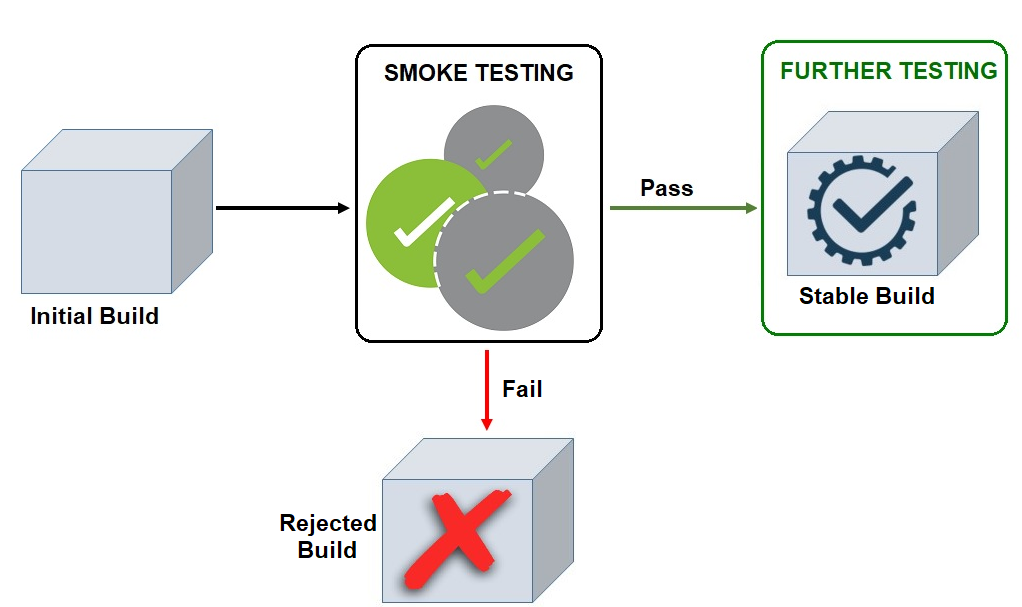
Smoke testing is non-exhaustive and focuses on testing the workflow of the software by testing its critical functionalities. The test cases for smoke testing can be picked up from an existing set of test cases. The build is marked rejected in case it fails the smoke tests.
Note that, it is just a check measure in the testing process, and in no way, it replaces comprehensive testing.
Smoke tests can be either manual or automated.

What is Sanity Testing?
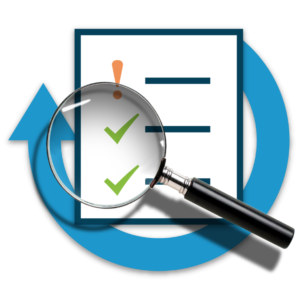
Sanity testing is performed on a stable build which represents minor changes in code/functionality to ensure that none of the existing functionality is broken due to the changes. For this, a subset of regression tests is conducted on the build.
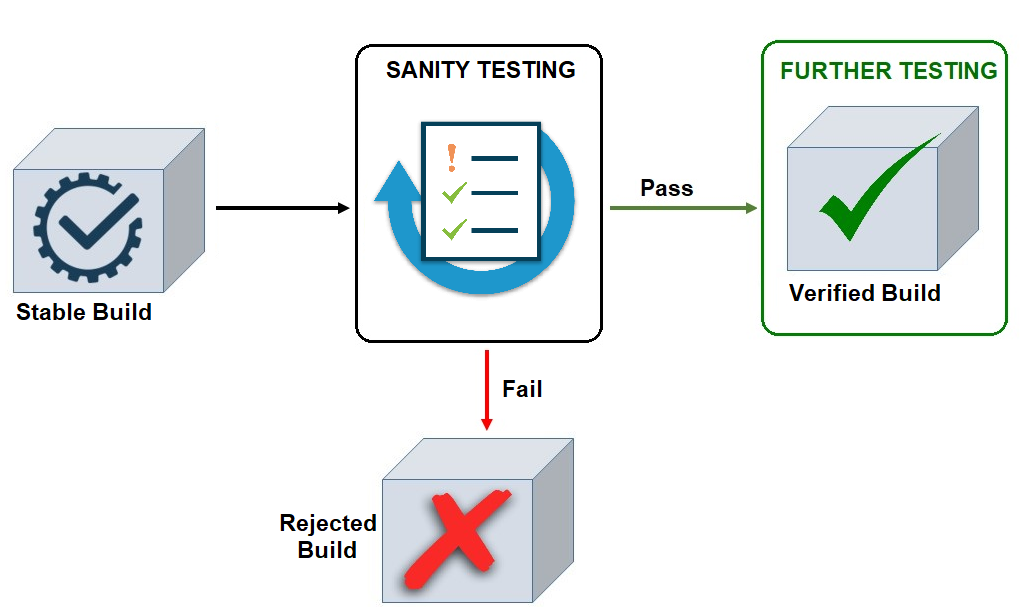
It is performed to verify the correctness of the application, in light of the changes made. Random inputs and tests are done to check the functioning of software with a prime focus on the changes made.
Once the build successfully passes the sanity test, it is then subjected to further testing.
Sanity tests can be either manual or automated.
Sanity Testing Example
Now, let us look at how sanity testing would be applied in the same online food delivery application scenario, helping you clearly understand the difference between smoke testing vs sanity testing. Let’s say the development team fixed a recent bug in the payment module where the app was incorrectly processing discount codes during checkout.
Instead of running full regression tests on the entire app, you can perform a sanity test focusing on the payment feature to verify that the fix works and the core payment functionality is still intact. The testing steps are as follows:
Step 1: Open the application and log in with valid credentials.
Step 2: Add an item to the cart and proceed to checkout.
Step 3: Apply a valid discount code, select a payment method, and complete the checkout.
Intended Behavior: The application should correctly apply the discount code, process the payment without errors, and complete the checkout successfully.
By comparing these two examples, you will be able to understand how smoke testing vs sanity testing differ in scope. Smoke testing covers the major functionalities end-to-end, while sanity testing verifies specific bug fixes or feature updates.
Differences Between Smoke Testing and Sanity Testing
This table summarizes the differences between these two tests for quick reading.
| Smoke testing | Sanity testing | |
| Test Build Type | Initial Build | Stable Build |
| Objective | Stability | Correctness |
| Scope | Wide (application as a whole is tested for functionality without a deep dive) | Narrow (focus on one part and performs regression tests) |
| Focus | Critical functionalities | New/Updated functionalities |
| Responsibility | Developers and/or testers | Testers |
| Superset | Acceptance testingRegression testing | Regression testingExploratory testing |
| Documentation Needed | Yes(Uses existing test cases) | Preferred release notes or released changes document |
Is it Sane to Compare Smoke to Sanity Testing?
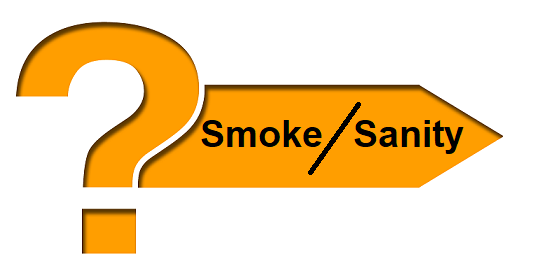
You must be wondering why are we even comparing these two when on a superficial level, both of them are performing tests before the “big” testing cycle commences.
It may be noted that they are different at many levels, albeit they appear to be similar.
Smoke testing takes care of build stability before any other comprehensive testing (including sanity testing) can be performed. It is the first measure that should be ideally taken in the software testing cycle because conducting testing on an unstable build is a plain waste of resources in terms of time, effort, and money. However, smoke testing is not limited to just the beginning of the cycle. It is an entry pass for every new phase of testing. It can be done at the Integration level, system-level, or acceptance level too.
Whereas, sanity testing is performed on a stable build, which has passed the acid test of smoke tests and another testing.
Both can be performed either manually or with the help of automation tools. In some cases, where time is of the essence, sanity tests can be combined with smoke tests. So, it is natural for the developers/testers to often end up using these terms interchangeably. So, it is important to understand the difference between the two to ensure that no loopholes are left in the testing process due to this confusion.
To summarize, smoke tests can be deemed as general and overall health check-up of the application, whereas sanity tests focus is more targeted health check-up.
Conclusion
Webomates CQ helps in performing effective smoke testing, using various Continuous Testing methodologies that run using Automation and AI Automation channels. It provides better accuracy in testing and the results are generated within a short period, approximately 15 mins to 1 hour. It also provides CI-CD that can be linked with any build framework to give quick results.
Webomates CQ also provides services like Overnight Regression, which are conducted on specific modules, which can be either a fully developed module or work-in-progress module. The advantage of using our product is that it takes less time than a full regression cycle, and testing can be completed within 8-12 hours. Also, the development team gets a detailed execution report along with the defects report.
Webomates tools also help in generating and automating new test scenarios within hours, using AI tools. This reduces manual efforts during sanity testing.
At Webomates, we continuously work to evolve our platform & processes to provide guaranteed execution, which takes testing experience to an entirely different level, thus ensuring a higher degree of customer satisfaction.If you are interested in learning more about Webomates’ CQ service please click here and schedule a demo, or reach out to us at info@webomates.com
FAQs
Using smoke testing vs sanity testing smartly can speed up your software release, while still maintaining its quality. Smoke testing is like a quick health check done immediately after a new build is ready. It helps you find any major problems early on that might hinder further testing. Catching these early ensures that your testers don’t waste time working on a broken version.
Sanity testing is done after small changes or fixes. Instead of testing everything all over again, you can just focus on the parts that were patched up to make sure they work properly. This saves lots of time.
Together, these two testing types reduce the overall testing time and save you from unexpected defects that could delay your software release. When used the right way, smoke testing vs sanity testing helps you deliver new features and updates faster without any compromise in quality.
Sanity testing and regression testing are closely related but serve different purposes within the software testing process. Regression testing involves retesting the complete application or significant parts of it thoroughly to ensure that recent changes haven’t introduced new bugs or broken existing functionality.
Sanity testing, meanwhile, is a focused, narrow testing effort that checks only the specific areas of the application affected by recent code changes or bug fixes. Its goal is to quickly verify that these particular updates work as expected without performing a full regression test.
When you compare smoke testing vs sanity testing, sanity testing is typically more targeted and specific than smoke testing, but less broad than regression testing. In simple terms, while regression testing ensures overall system stability, sanity testing acts as a quick checkpoint to confirm that targeted fixes are functioning as intended.
Yes, smoke testing and sanity testing can be done either manually or with automation. In smoke testing vs sanity testing, you can prefer automation for smoke tests because they cover the main functions of the software and need to run quickly, especially in fast development cycles.
Sanity tests are more focused, checking just recent fixes or changes, so you can use manual testing sometimes to verify a problem quickly. However, you can use automation when there are frequent changes. This can save time.
Consider your project’s size, resources, and speed requirements, and then decide whether you are going to automate or test manually.
Both smoke testing and sanity testing play important roles in software quality assurance, but they come with their own unique challenges. In smoke testing, one of the biggest challenges you might face is designing a test suite that can cover all the critical and core functionalities of the application without becoming too large or time-consuming.
Also, deciding which features can be considered critical enough to be part of smoke testing may differ, especially when you have complex applications with many interdependent modules.
For sanity testing, the primary challenge lies in selecting the precise test cases that can effectively verify recent code changes or bug fixes without missing any related functionality that could be impacted. Since sanity tests are often performed under time constraints to validate fixes quickly, you must balance thorough testing and speed. This requires a good understanding of the system, recent changes, and potential ripple effects.
Smoke testing and sanity testing are not always formally mandatory in every software development cycle, but are widely considered best practices and highly recommended in most projects to maintain software quality and efficiency.
While you may find that some lightweight or small projects might skip formal smoke or sanity testing due to resource constraints or project scope, a majority of medium to large-scale projects include these testing types as an integral part of their quality assurance strategy.
When you include smoke testing vs sanity testing, you can detect defects early, reduce downstream risks, and keep the development and release cycles on schedule.
Tags: Sanity Testing, Smoke testing, Smoke testing vs Sanity testing
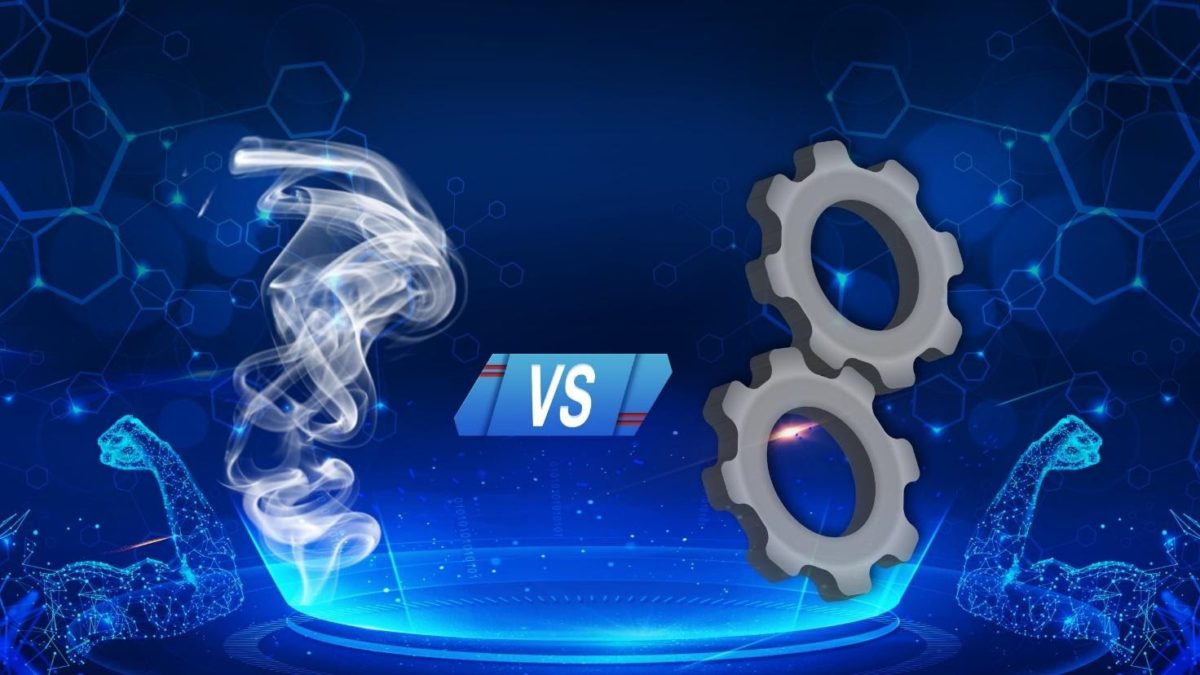
Leave a Reply